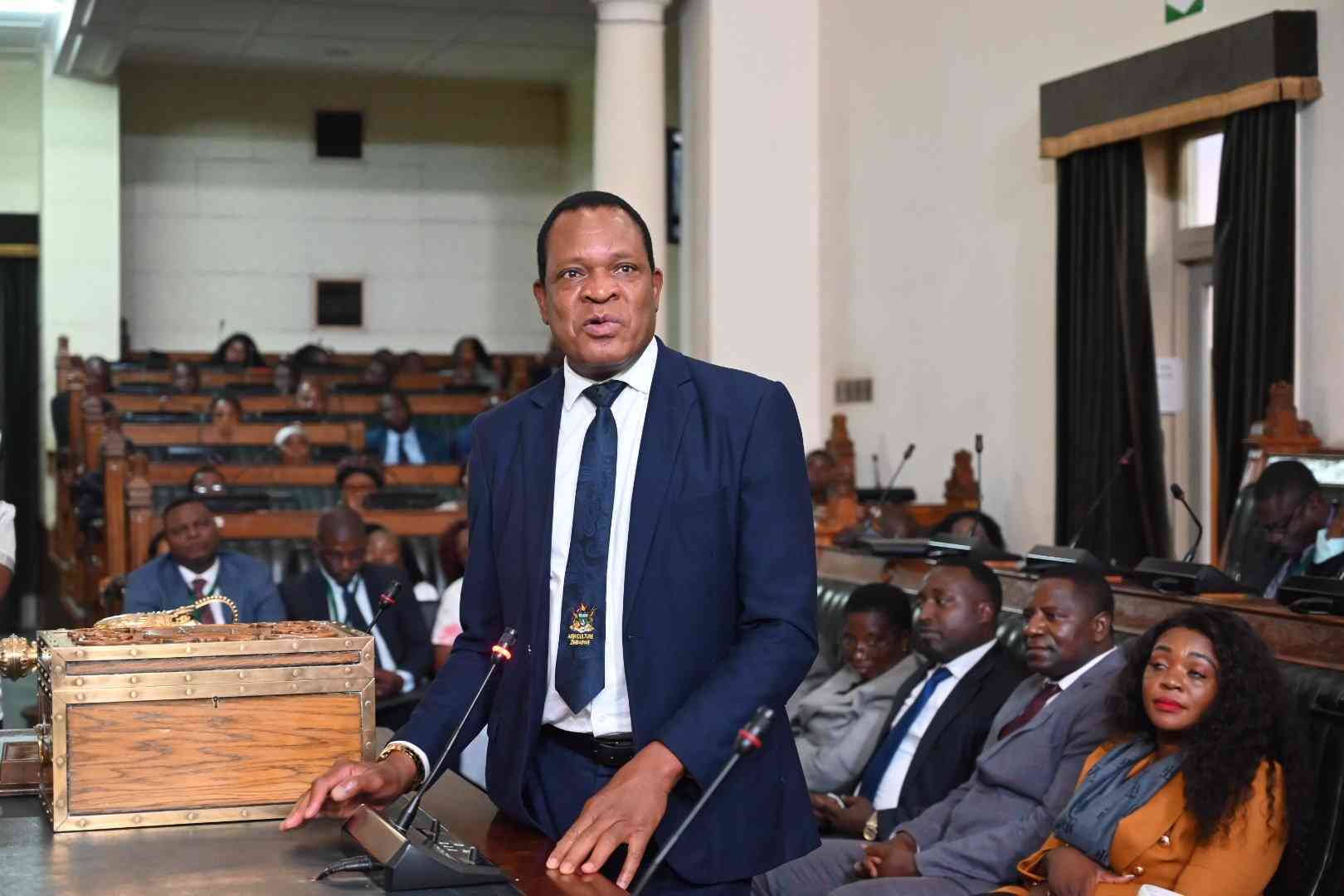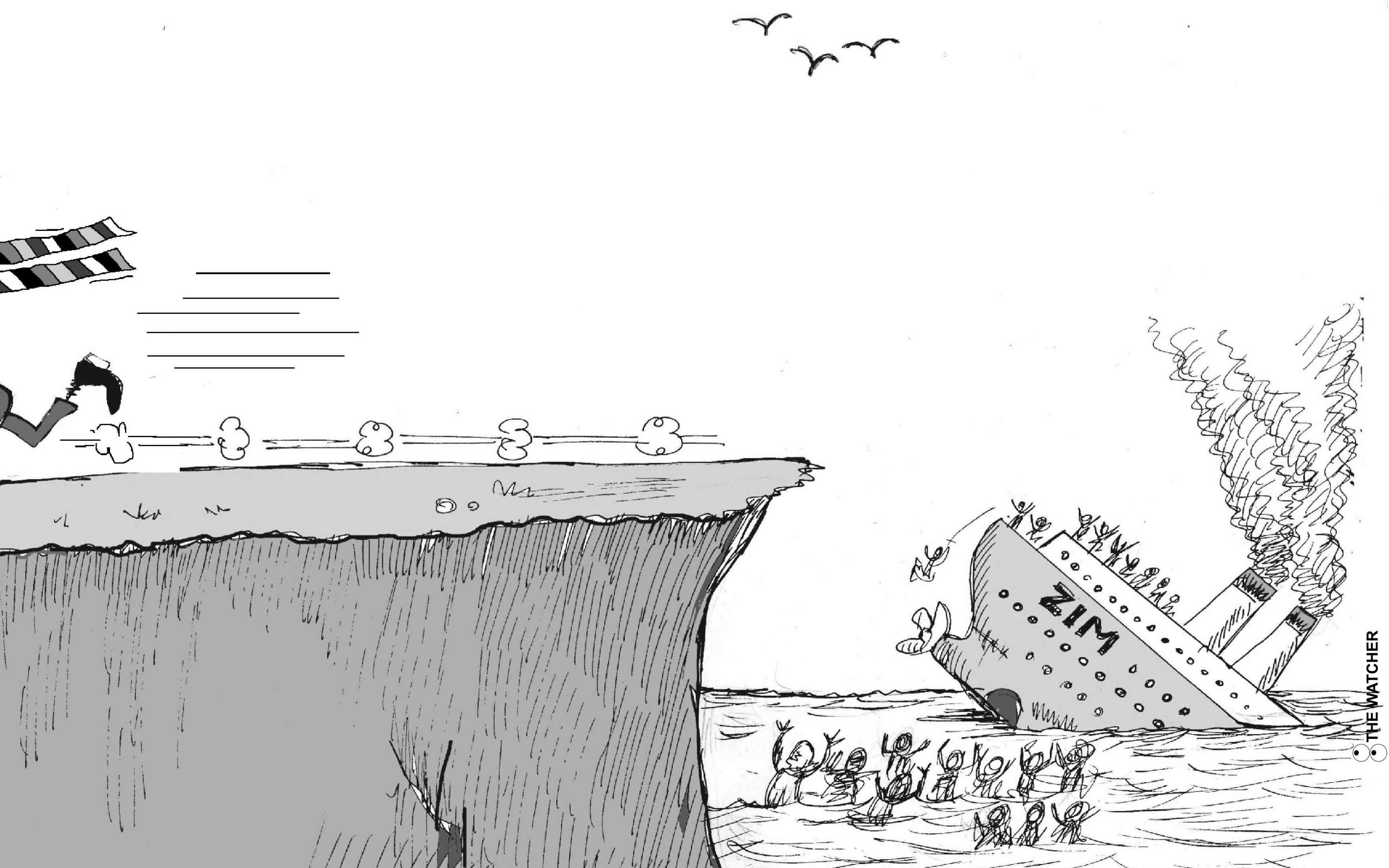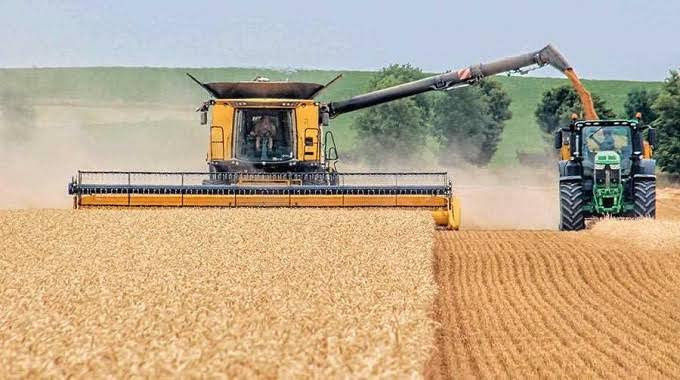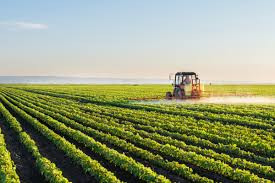
GOVERNMENT has secured 15 000 metric tonnes (MT) of silage, molasses and 8 800MT of maize for livestock farmers to feed their animals as part of a response to the El Niño-induced drought.
The current 2023/24 agricultural period has been marred by an El Niño-induced drought categorised by average to below normal rainfall that has devastated the agricultural sector, thus lowering water sources for livestock.
The severity of the drought caused Treasury to downgrade its initial assessment of the agriculture, hunting and fishing sector to decline by -21,2%, a 16,3 percentage point drop from its initial projection.
Lands, Agriculture, Fisheries, Water and Rural Development minister Anxious Masuka announced the new livestock drought response plan last Friday.
“Government have secured some 15 000MT of silage, molasses, and 8 800MT of maize unfit for human consumption. An estimated 15 million bales (12kg each) are expected from the 2024 winter wheat season,” Masuka said.
“The Grain Marketing Board (GMB) is responsible for the logistics of feed distribution. Provincial directors ARDA will co-ordinate feed distribution together with the Ministers of State for Provincial Affairs and Devolution. Ward drought mitigation focal persons and GMB supply chain managers will receive, document and distribute the feed through the usual ward inputs distribution committees. Ward-based veterinary officers will assist with animal health issues.”
He said standard operating procedures had been developed to guide operations at the ward drought mitigation centres.
“In addition, a drought mitigation tracking and programming tool has been established to monitor and evaluate efforts. Farmers are encouraged to make use of locally available resources to formulate their rations,” Masuka said.
- Teachers, other civil servants face off
- Veld fire management strategies for 2022
- Magistrate in court for abuse of power
- Vungu Dam water treatment and irrigation project takes off
Keep Reading
The minister said he was announcing the measures as part of a comprehensive livestock drought response strategy aimed at supporting farmers affected by the current drought conditions.
President Emmerson Mnangagwa in April declared the 2023/24 season a state of national disaster to marshal resources of over US$2 billion to avert hunger.
“The livestock drought response strategy is part of government commitment to mitigate the impact of the drought and enhance resilience in communities and ensure sustainable livestock production. The impact of the drought has affected feed availability, herbage quality, water availability and caused panic sales,” Masuka said
He said the interventions that underpinned the strategy included supplementary feeding programmes, water supply initiatives, veterinary services and capacity building through training.
“The interventions are targeted at ward level, where a ward drought mitigation centre is being established. A drought mitigation command centre was established to implement this strategy. The command centre is supported by provincial and district structures, 1 620 ward drought mitigation focal persons and ward veterinary services officers,” Masuka said.
“One thousand six hundred and twenty ward drought mitigation centres have been established one in each rural ward across the entire country. Critical wards have been identified and prioritised for feed and water supply in. Drilling rigs have been allocated to provinces according to the number of wards and villages in agro-ecological regions iv and v.”
He said borehole drilling was underway in Matabeleland North, Matabeleland South, Masvingo and Midlands provinces.
“The ward drought mitigation centre consists of the village business unit model livestock centre, where there is establishment of a 1ha horticultural garden, two fishponds, one solarised borehole, drinking troughs, feed troughs, spray race and holding pen/sale pen,” Masuka said.
“Eventually, these centres are to be developed into ward aggregation centres, where all sales of crops and livestock will be conducted. Livestock sale calendars will guide every ward and sales will be conducted on a monthly basis at these ward drought mitigation centres.”
He said no cattle sales would be allowed at households or village levels.











